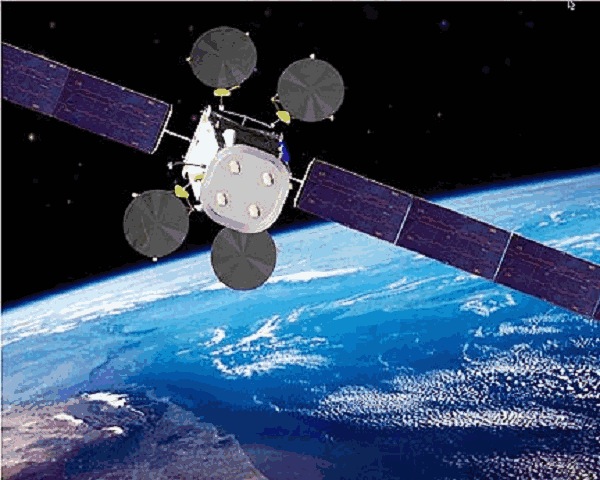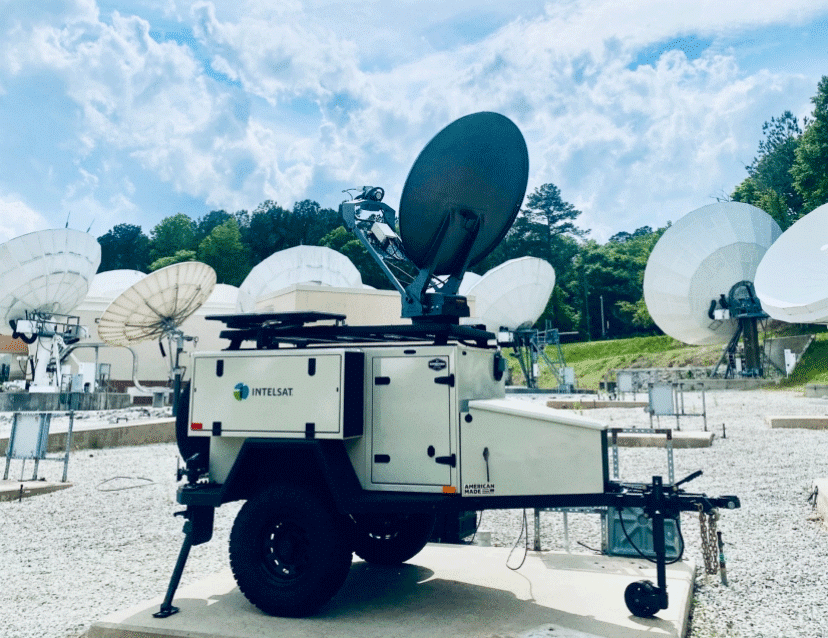Terminal Testing Ensures Performance, Flexibility of IntelsatOne FlexAir

Managed services like IntelsatOne FlexAir are designed to give government customers flexibility in the way they consume satellite services, and part of that flexibility is leveraging a wide combination of antennas and modems. At Intelsat General, we perform extensive terminal testing to ensure that each antenna and modem meets performance and user experience requirements while also optimizing their equipment investments.
IntelsatOne FlexAir is a worldwide in-flight connectivity service designed for a range of aircraft with high-performance requirements. The service, coming this summer, provides Ku-band coverage on high-throughput Intelsat EpicNG satellites as well as traditional wide-beam spacecraft. The service is compatible with multiple types of fuselage and tail-mounted antennas, on both manned and unmanned aircraft.
A range of tests assures FlexAir’s compatibility with a variety of antennas. The process has multiple aspects beginning with basic functionality testing. A functionality test allows us to verify that, in a real-world setting and with over-the-air signals, the antenna performs to the specifications advertised by the manufacturer. Verifying actual antenna functionality is important in order to eliminate any inherent performance issues for each antenna prior to service use that may result in a degraded customer experience.
Next, Intelsat General tests each antenna in conjunction with the modem to verify that signals exchanged between them work properly. This is done first in a static environment followed by testing on the move. For the FlexAir service, Intelsat General performs tests using vehicles driving along the east coast with the terminal operating on the production network. This drive testing verifies that an antenna switches properly from HTS beam to HTS beam as well as from one satellite to another.
In addition, during this drive test, equipment connected to the terminal collects end-user-experience data for analysis by Intelsat General’s engineers. The test unit records how fast data is exchanged, whether there is jitter or dropped packets, and other statistics. This data gives us a quantitative measurement of performance, so we know what the service will look like from a user’s perspective.
Following a successful drive test, Intelsat General performs testing using an aircraft. The test and data collection is repeated in flight to verify the operation of the equipment. While this testing provides performance assurances, Intelsat General customers are not limited to this list of verified terminals.
Intelsat General is very flexible in the different types of terminals we allow customers to bring on our FlexAir network. If a customer wants to use an antenna we have not yet verified, and it meets our criteria, we will work with them to go through the qualification process. Assuming the qualification process goes well, we’ll allow it on our network.
This flexibility enables customers to leverage existing antenna investments even as they take advantage of new service models.
Intelsat General recognizes the need for government customers to have secure yet flexible satellite services and is striving to make FlexAir available to as many customers as possible. Proactive terminal testing is one such way the company is doing that.
We want our customers to know, beyond a shadow of a doubt, that our list of qualified terminals will work on the network. And we will work with our customers to ensure that they can bring their own antenna onto the network.






















